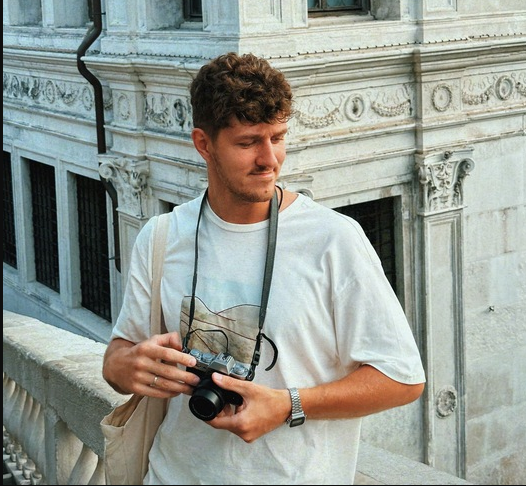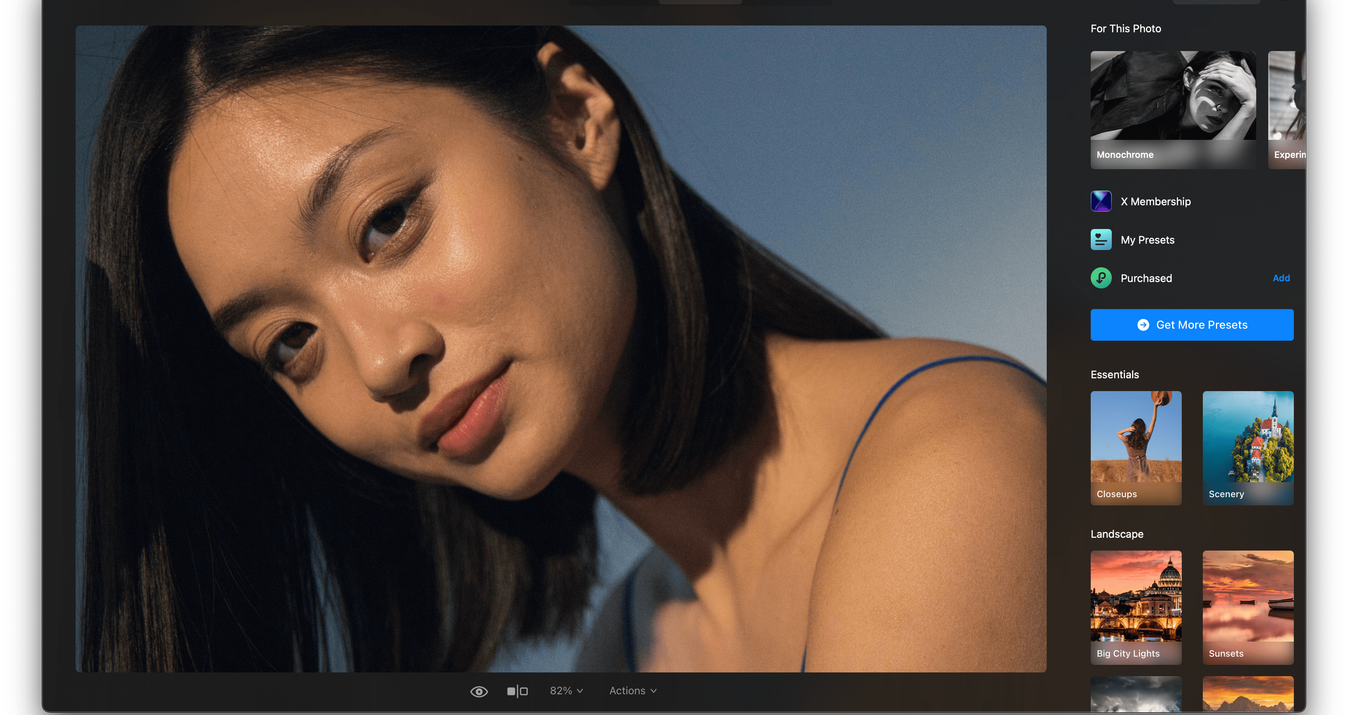How can you ensure you can legally use images found on Google? Today, on our blog, you will find the answer to this and many other questions about image ownership and permission to use them. So stay with us and be a conscious user of Internet resources.
Many pictures are online, but just because they are easy to access does not make them free. It doesn't matter whether you need this or that picture for a personal project, a professional presentation, advertising, etc. Conscious users have a question: Is it possible to use photos from the Internet? And what images can I use without copyright?
This article will clarify the rights, responsibilities and best practices for using images from the Internet. To avoid copyright infringement and maintain the integrity of your work, you must understand the difference in using certain materials from the Internet. This article is designed to help you confidently and honestly navigate the ins and outs of finding images online, ensuring that their use respects the rights of creators and effectively meets your needs and how you, as a creator, can protect your materials.
Understanding Copyright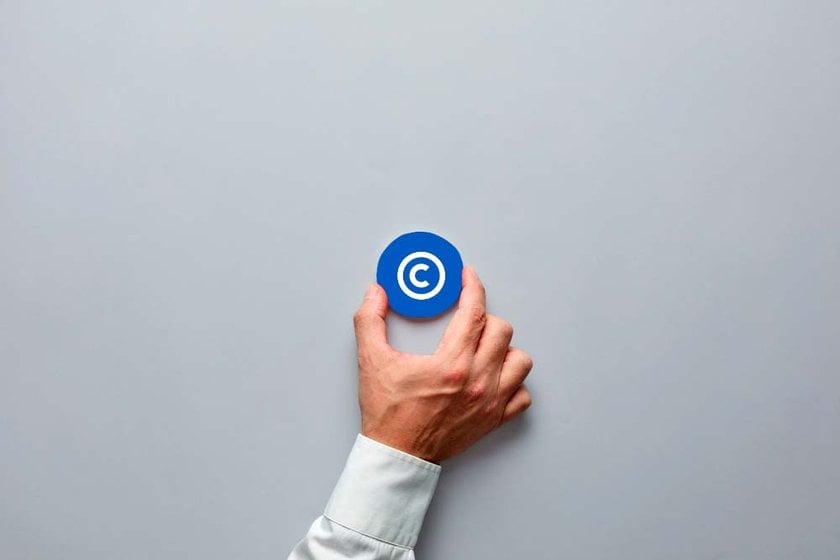
Copyright gives the author of an original work, such as a photo, picture, or drawing, exclusive rights to use and distribute it. Using such materials without permission may result in legal consequences, including fines and penalties for infringement. Therefore, obtaining appropriate permission before using someone else's work is very important.
Are you a photographer? Then, the copyright for all your work is automatically considered to belong to you unless you work for a specific agency or customer who will contractually own the rights to the product. Or if you don't sign a copyright split or transfer agreement with the client/models. Sometimes, photographers sell their images or rent them out. You can sell stock photos by hosting your work with certain resources, and businesses and individuals can buy your pictures through these resources for different prices. For example, you can sell the same image for use by many people for a small amount. Or sell 1 to a buyer for a higher price. At the same time, you undertake to transfer partial or full copyright of this image to the new owner, and you will no longer be able to use this image for your purposes or sell it to other buyers. A certain electronic document protocol for approval and avoidance of legal incidents in the future accompanies all this. Discover more about how to sell stock photographs to boost your passive Income.
Advanced yet easy-to-use photo editor
Get Luminar Neo NowPublic Domain, Creative Commons and Fair Use Doctrine
You may have a logical question: what images can I use without copyright? Images in the public domain or released under certain licenses like Creative Commons can be used without violating copyright.
Public Domain
Public domain works are works whose copyrights have expired, were never protected, or have been expressly waived by the creator. They can be freely used for any purpose without permission. Examples include old historical photos, government publications, and works with expired copyright.
Creative Commons
Creative Commons licenses allow creators to specify how others can use their work. Depending on the license, you can use the image for noncommercial purposes, with attribution, or even modify and distribute it. There are various types of Creative Commons licenses, each with its terms.
Fair Use Doctrine
The fair use doctrine provides some leeway for using copyrighted images without obtaining permission from the copyright owner. However, it is important to understand the conditions under which fair use applies. Fair use allows limited use of copyrighted material for criticism, commentary, news, teaching, scholarship, or research.
Best Practices for Ethical Image Use: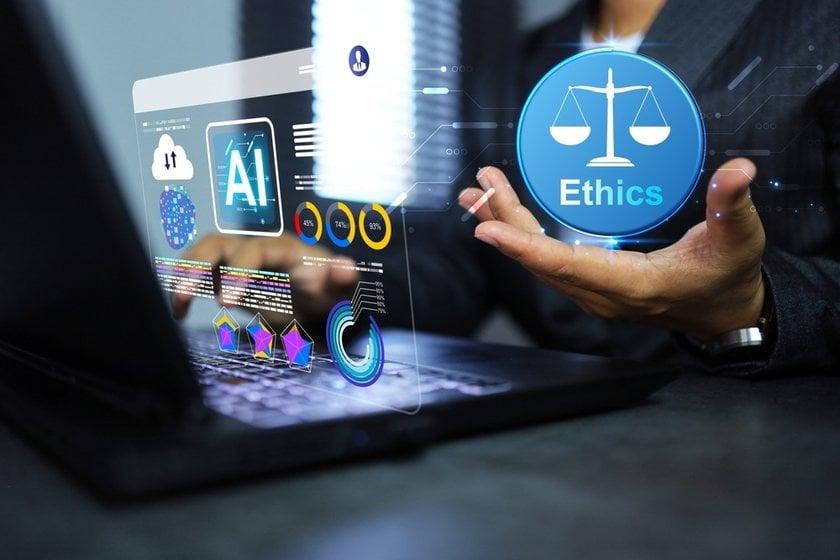
1. Obtain Permission
Whenever possible, seek permission from the copyright holder before using an image found online.
2. Use Public Domain or Creative Commons Images
Look for images explicitly labelled as public domain or licensed under Creative Commons, allowing certain uses with proper attribution.
3. Attribute Properly
If using Creative Commons-licensed images, provide appropriate attribution as the licence specifies.
4. Purchase Stock Photos
Search and buy stock photos from reputable sources.
5. Avoid Copyright Infringement
Try to avoid using files without permission or an appropriate license.
6. Educate Yourself
Stay informed about copyright laws and best practices for image use to make ethical decisions.
7. Use Image Editing Software
Use image editing software to create original or derivative works while respecting copyright.
8. Read the Terms of Use
To understand usage rights and restrictions, review the terms of use or licensing agreements for websites or platforms where you source images.
9. Seek Legal Advice
When in doubt, seek legal advice to ensure compliance with copyright laws and ethical image use practices.
How Can You Ensure You Can Legally Use Images Found on Google
To ensure you can legally use images found on Google, follow these steps:
Check the License:
Use Google's image search tools to filter results by usage rights.
Go to Google Images, search for your desired image, and click "Tools" below the search bar.
In the dropdown menu, select "Usage Rights" and choose the appropriate filter, such as "Labeled for reuse" or "Labeled for noncommercial reuse."
Verify the Source
Visit the website hosting the image to determine whether usage guidelines or copyright information are provided. Look for terms of use, licensing information, or copyright notices.
Use Creative Commons
Use websites that provide Creative Commons-licensed images, such as Flickr or Wikimedia Commons. Please review the specific Creative Commons license associated with each image to understand how you can use it.
Obtain Permission
If you can't find images with suitable licenses or permissions, consider contacting the copyright holder directly to request permission to use the image. Be sure to clearly state how you intend to use the image and abide by any conditions they provide.
Exclusive Tools of Endless Possibilities in One AI Editor
EXPLORE NOW!Сonsequences
If you still want to use the image without going into its ownership details, then you should be prepared for unpleasant consequences that may arise from such use. Let's take a closer look by answering the most common questions about the consequences:
Can You Remove the Watermark and Edit Copyrighted Images?
Yes, you can. You can use any photo editor for this. It is especially easy to remove watermarks and additional elements of authorship in editors with advanced AI functions, such as Luminar NEO. AI image replacer and generative erase will help harmoniously remove unwanted elements from images. You will be 100% satisfied with the result. True, this will not allow you to bypass the copyright law, and there may be unpleasant consequences in case of fraud detection.
Can You Print Copyrighted Images for Personal Use?
Printing such files may still violate copyright laws. However, some authors may not sue for personal use. So, depending on your motives, you can try to do so, but the likelihood of unwanted consequences increases if you use other people's work to appropriate it, make money, or promote or denigrate someone. So be aware.
What Happens if You Use Copyrighted Images without Permission?
Unauthorized use of such files may result in legal consequences. The owner or their representatives may send you a letter demanding that you stop using the photos and even seek compensation for damages, if any. In more serious cases, the owner may sue you for copyright infringement, seeking financial damages and legal costs.
In addition, more and more online platforms, websites, and social networks use anti-copyright policies. When you upload someone else's images without permission, your content may be removed, your account may be suspended, or you may face other penalties.
What Can You Do to Protect Yourself?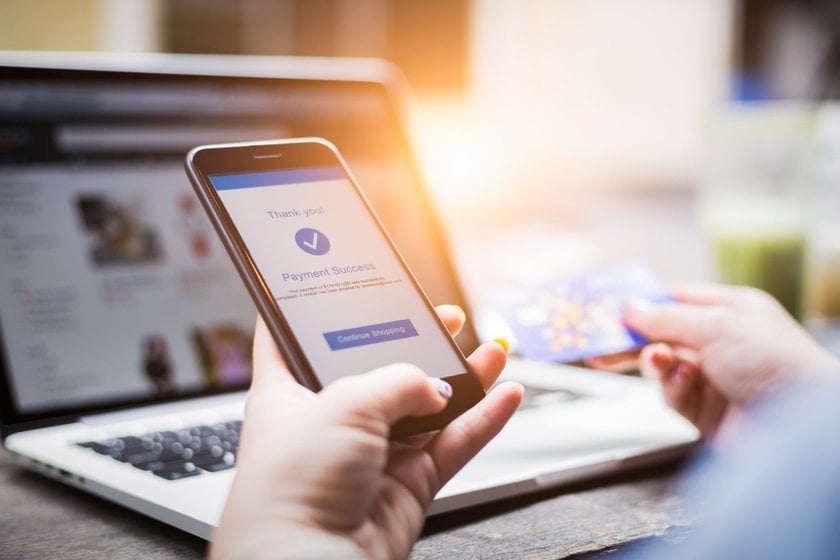
Buy the Rights
Buying image rights is always the easiest and most correct option. You protect yourself from problems and help the author get paid for his work. One image can range from $1 to $15 or more.
Create Graphics
You don't need to be a pro at Adobe Illustrator or Photoshop to create great graphics. Many tools and resources can help you get great results without expensive software. For example, Hubspot, Canva, and Piktochart all have free and paid versions. Check them out to make a choice based on your needs.
Take Your Photos
Today's smartphones have impressive cameras and filters that make it easy to take pretty decent photos. If you need an image for your blog, create and build your image library. Not only can you be sure you are not violating copyright laws, but you will also have incredibly unique photos.
Download Images from Trusted Sources
While there are thousands of places to find images online, as we discussed above, there is a risk that images may be mislabeled. Explore the best online photo storage free unlimited, to find and use the photos you want without copyright infringement.
Bottom Line
Ethical use of images from the Internet helps to support their authors financially and to show their respect for them. You can always contact the owner of the material you need to buy partial or full usage rights. We assure you that you, too, would be happy if your work was purchased and not stolen. By understanding copyright, public domain, Creative Commons, and fair use, you can make informed decisions about how to use images while respecting the rights of content creators. Ultimately, this helps avoid legal issues and fosters a culture of respect for intellectual property and creativity in the digital environment. Get involved in creating your unique images to enhance your product. It will save you from the risks of using pictures from the Internet and help develop your creative abilities.



